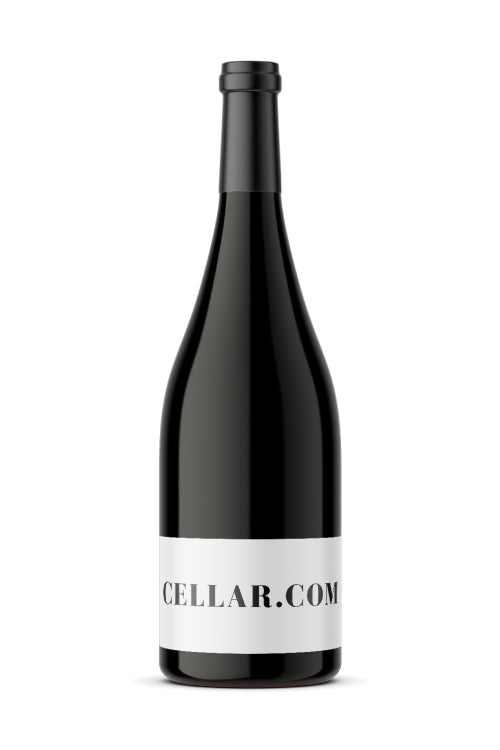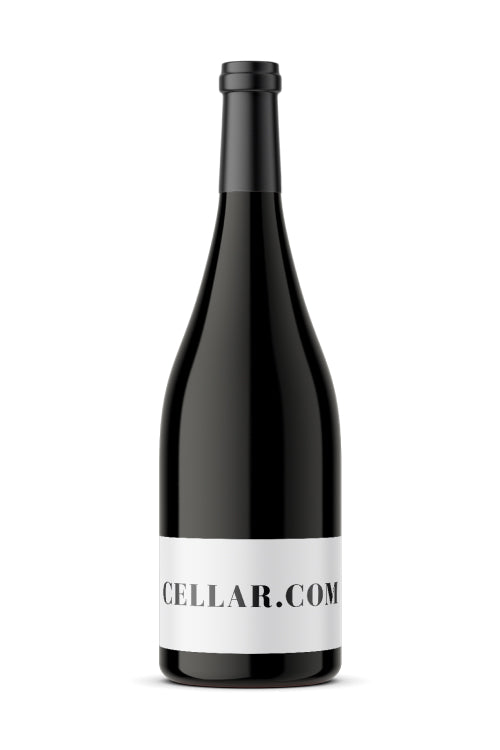1
/
of
1
Tezza Corte Majoli Amarone della Valpolicella - 2017 (750ml)
Tezza Corte Majoli Amarone della Valpolicella - 2017 (750ml)
Regular price
$29.99
Sale price
$29.99
Regular price
$35.99
Unit price
/
per
Availability:
1 In Stock
$25 Shipping on Orders +$299
Couldn't load pickup availability
Share :

- varietal
- Region
- Type
- Reviews
By far the most significant variety in central Italy, it is the main grape in 25 of Tunscay’s 42 DOCs and also the backbone to the region’s most highly acclaimed wines. It’s capacity to adapt and evolve according to its suroundings is partly why it has acquired so many clones and synonyms. In Chianti Classico it is often referred to as "Sangioveto", while in the towns of Montalcino and Montepulicano (not related to the variety grown in Abruzzo) it goes by "Brunello" and "Prugnolo Gentile" respectively. Other synonyms include "Morellino" in southern Maremma, and "Nielluccio" in Corsica. With this in mind it is no surprise there is such variety in styles, varying from light young wines like Chianti Classico all the way through to gloriously rich and powerful Brunellos that can benefit from decade or more bottle maturation. Sangioveses that see little to no oak, typically show bright, tart red fruit of cherries and redcurrants while olives, herbs, and meat juices are noted in more savory examples. The grape’s acidity makes it a good accompaniment to food which is also high in acidity. Tomato based dishes and a great variety of Italian cuisine can pair incredibly well.
Located in north east Italy, Veneto is one of Italy’s major wine regions. Pinot Grigio and Gargenega are the two most popular white varieties and account for most of the region's still wine. Meanwhile, Prosecco, made in the hills of Conegliano, is responsible for the country’s most popular sparkling wine. Tucked away in the foothills of the Lessini Moutains north of Verona, Valpolicella and Amarone della Valpolicella are responsible for making some of the country’s most famous fine wine.
Red wine is wine made from dark-coloured grape varieties. The color of red differs based on the grapes variety or varieties used.Interestingly, black grapes yield a juice that is greenish-white. The actual red color comes from anthocyan pigments (also called anthocyanins) from the skin of the grape (exceptions are the relatively uncommon teinturier varieties, which produce a red colored juice). Most of the production centers around the extraction of color and flavor from the grape skin.


